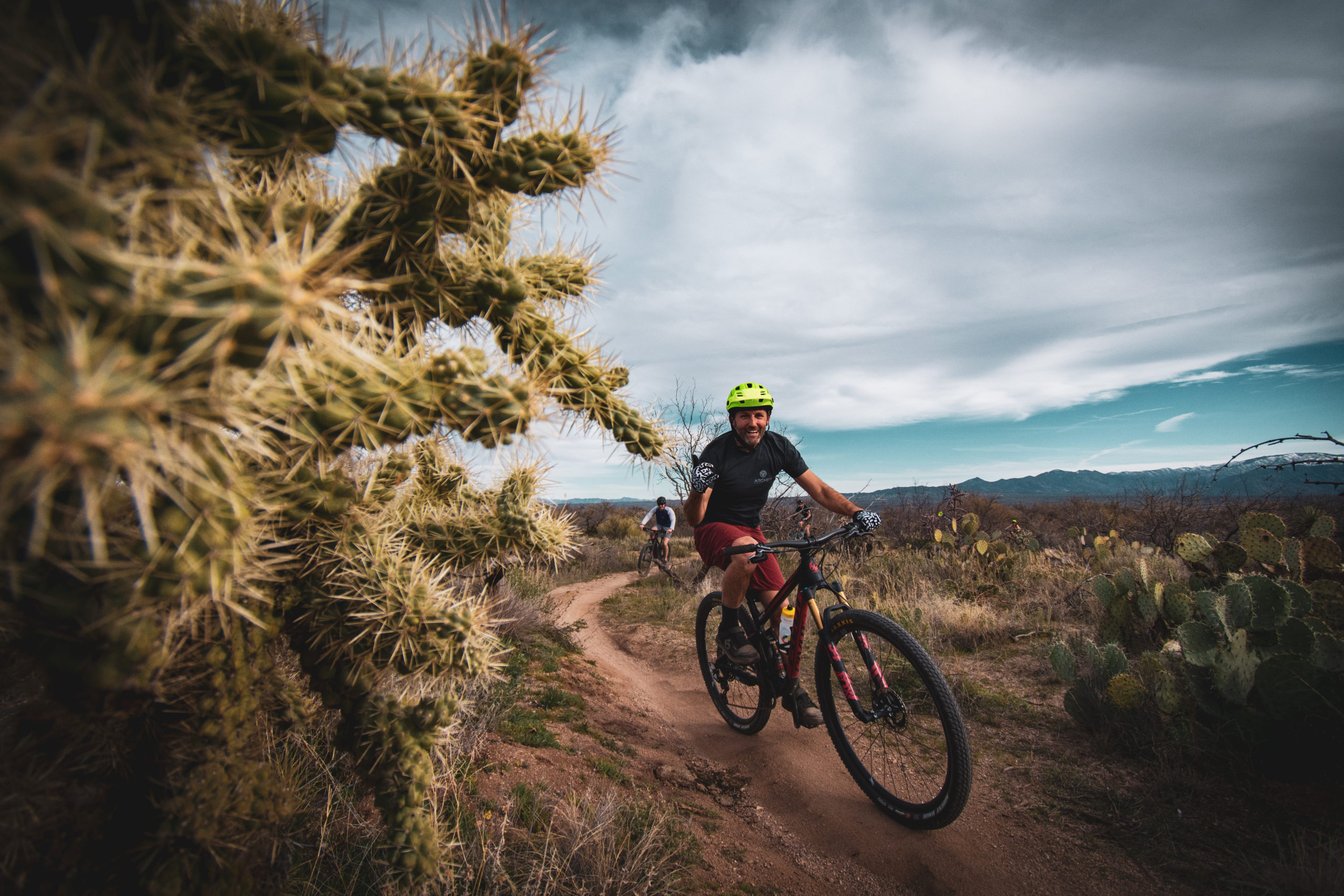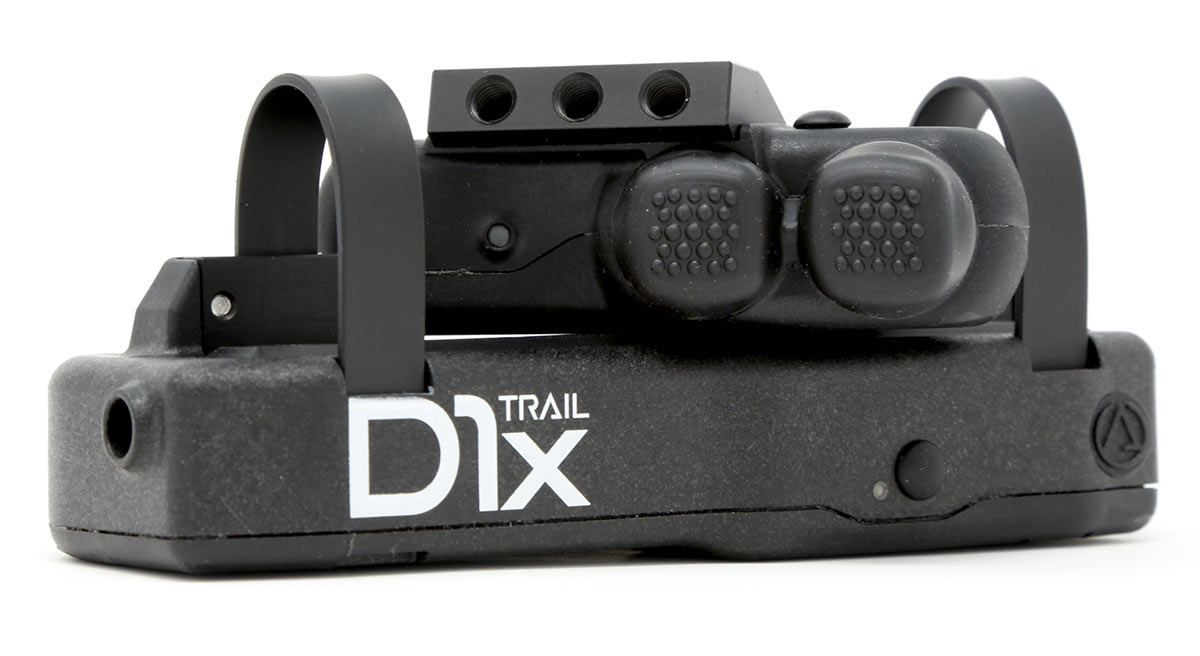My question to Devin, co-founder of Archer Components, as we reclined in our camp chairs with beers and scanned the night sky for satellites and shooting stars, was… why?
Why to everything, of course. Why to the twinkle of million year old light from long dead suns. To the tiny dead bodies of packrats on the course, crushed under racers’ tires as we rode in pointless circles through the desert, pursuing our own vanity. Why to the mystery motivation of the people camped next to us blasting a classic rock station at top volume for everyone else to hear (complete with O, O, O, O’Reily autoparts store commercials).
But mostly… why electronic shifting?
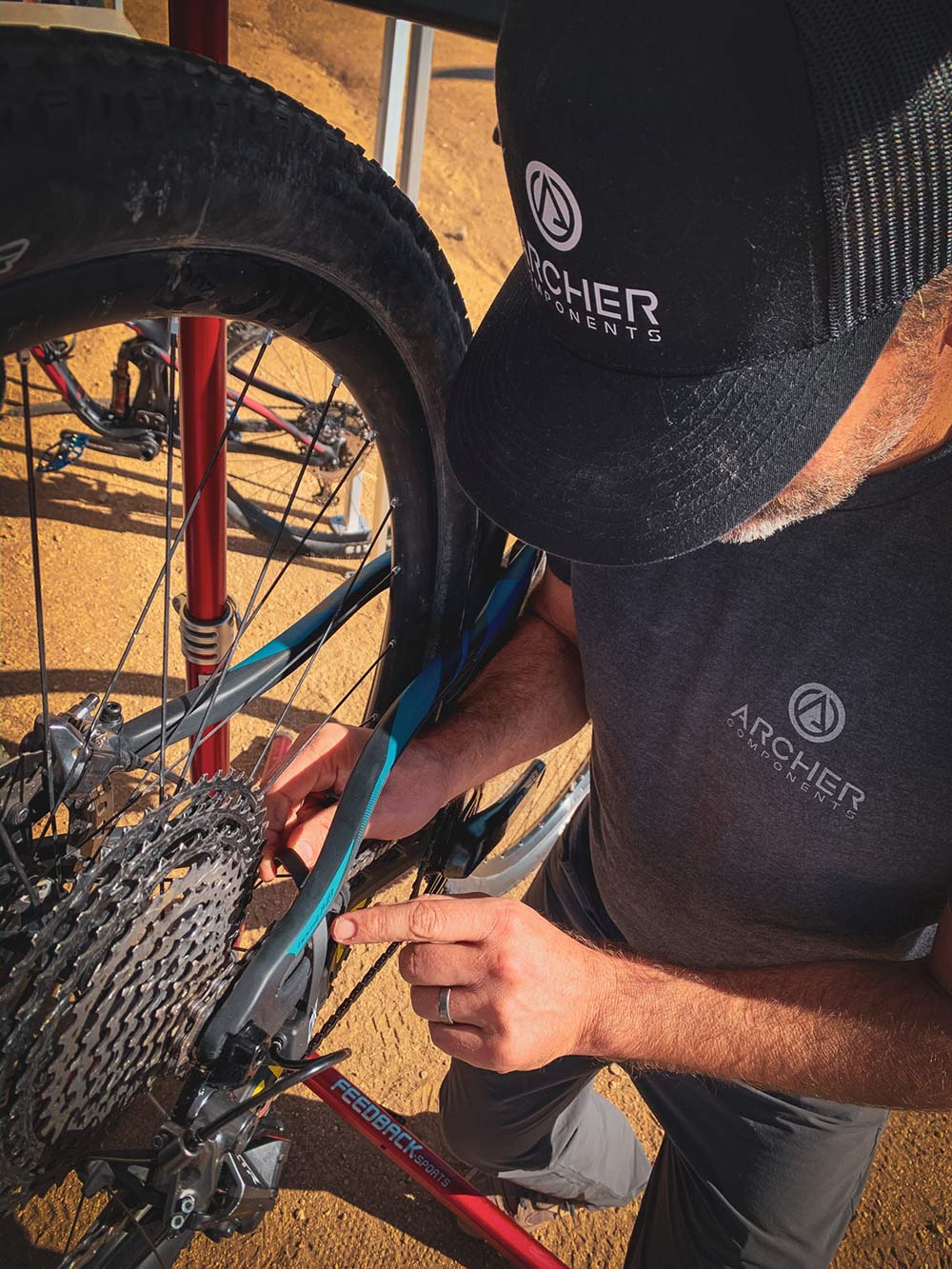
When a cable seems sufficient… or when the big component companies already have offerings… why jump in the fray? Why another gadget in a world saturated with them?
And like everything, the answer is complex, with particles of time, place, and opportunity vibrating around the periphery. But somewhere in the nucleus was a simple word: “accessibility.”
I remember the first time I saw the D1x system. Tyler and I were seconds away from starting stage one of the Samarathon Mountain Bike Race in Israel. And he was off to the side fiddling with his derailleur. Installing things he should have installed yesterday. Not in the moments before a race. Sheesh. It was like riding bikes with me. He said something about testing a new electronic shifting kit, which instantly made my eyes roll and glaze at the same time. “Everyone overthinks everything,” I thought. And I proceeded to tease him about it for the whole race.
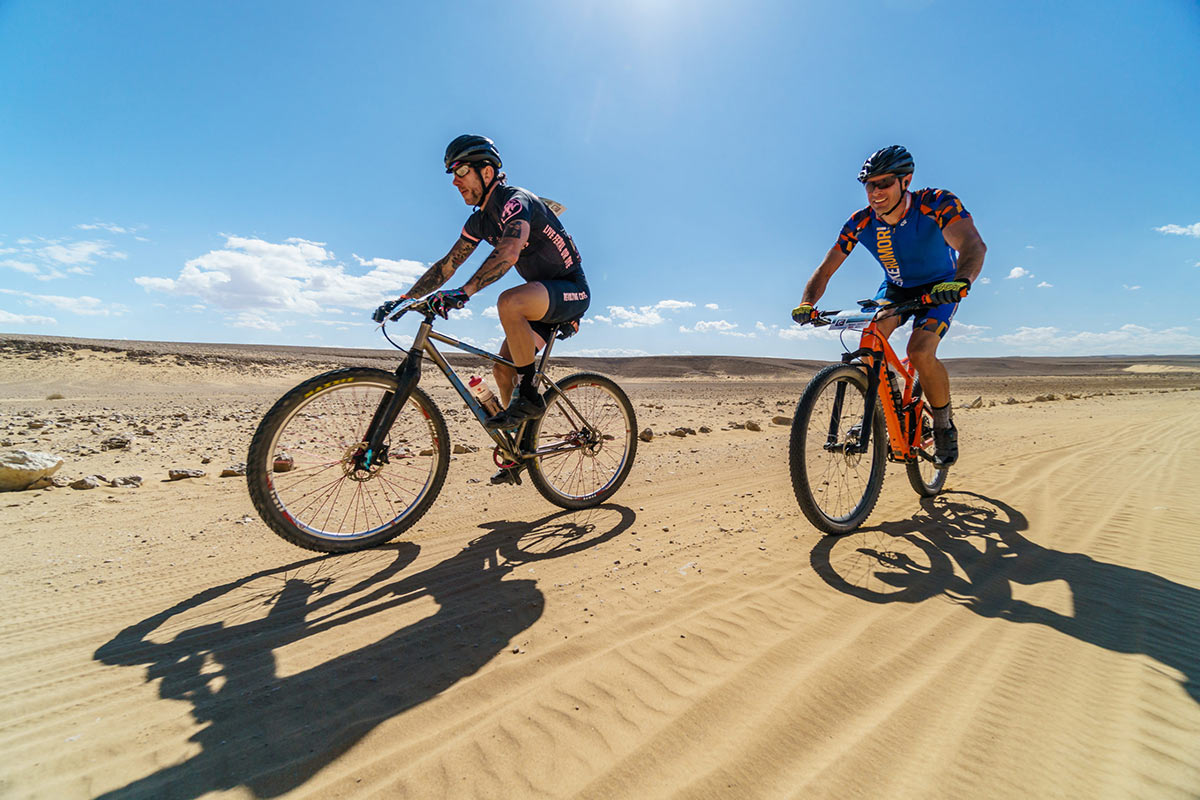
Then I stepped out of my own myopia and rode it for a weekend. I’m starting to get it.
It really is pretty simple. A wireless shifter pod and the D1x “module” (my word) that pulls a short length of cable to your existing rear derailleur. This can be anything from an Altus 8 speed to an XTR 12. Use your phone and the Archer app to program in the number of speeds (between 2 and… 20) and do the initial set up of your shifting.
Then ride.
And THIS is where it gets interesting… because who cares how crisp your shifting is when you’re not riding?
Confession: as a shop owner and bike mechanic, the sad fact is that I sometimes spend an inordinate amount of time massaging bad shifting into only marginally better shifting. For a number of reasons. Wear and tear. Poor mechanisms. Cable stretch. Housing compression. Bent derailleur or hanger. The general malaise of time. And without any hubris, I can say that I have a healthy depth of experience when it comes to adjusting ornery shifting, due simply to the 20 plus years I’ve been doing it professionally. So when things turn to shit out on a ride, I can almost always triage that.
Additionally, with the welcome simplicity of 1×11 and Eagle drivetrains has come a notable sensitivity to disruption. Because the spacing is so close between the gears, when something is off, it is OFF, and even the most pristine of drivetrains will jump around like you’ve been neglecting it for years. And you could spend the next hour playing with cable tension and b-limit screws and still be seeing red.
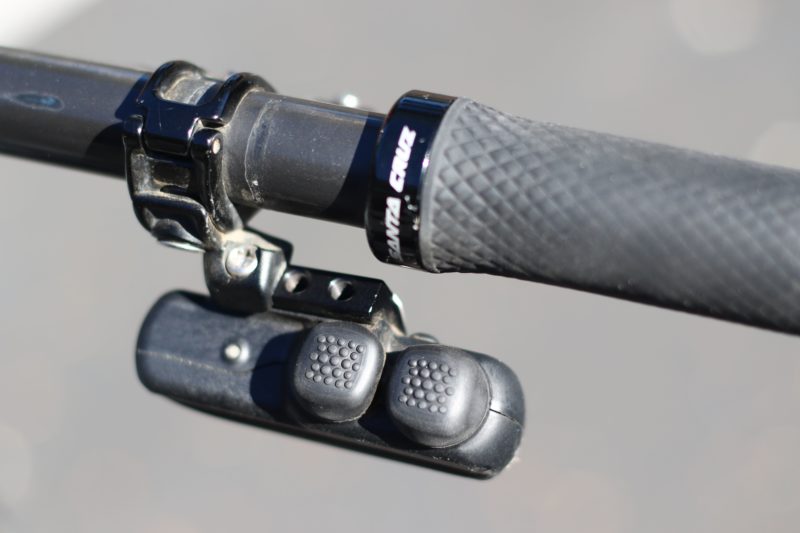
Or… as you pedal along, you could simply push a button on your shifter, micro-adjust the gear into the proper place, set it, and be done.
Maybe the cable settled and stretched. Maybe you bent your derailleur or hanger. Or maybe something is just off.
And while you could and should pay attention to this issue for the longevity of your chain, cassette and derailleur, sometimes the situation doesn’t lend itself to that. For example, in the middle of a ride… or somewhere at mile 4 of your 17 mile 3am lap at a 24 hour race.
Because the Archer shifting isn’t based on the static pull-ratio of a mechanical shifter, you can make the gears go wherever you want. Meaning that if you need to pull more or less cable for a sensitive shift somewhere in the middle, you can do that. Just use the micro adjust to set the shift. And the system will remember and put the derailleur where it needs to be regardless of how much cable it needs to pull. Hell… if you wanted to program the shifter to skip one gear altogether, you could probably do that too. Why you would do this I’m not sure? But you get the idea. The Archer systems isn’t based on springs and pawls. And while I don’t understand the behind the scenes, I do understand the application and actuation.
I used it. A lot.
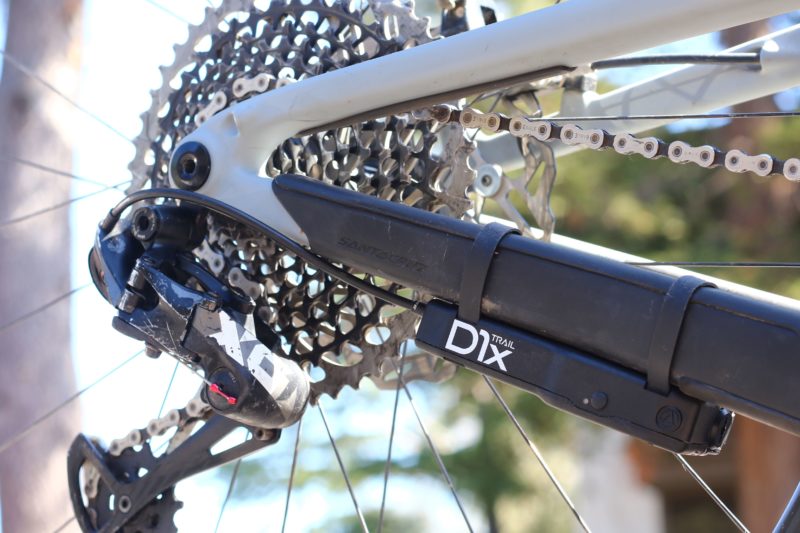
Devin tells me that I shifted 1,700 times during three laps at 24 Hours of Old Pueblo (my fourth lap was on my single speed.) That seems high, and a percentage of those would, I imagine, count toward my over and undershifts, as well as the micro-adjusting process, but still. I used it. A lot, apparently. The actuation was quick, but not instantaneous. Faster than previous iterations, I’m told. In any case, it wasn’t a problem. Like anything, once I knew what to anticipate, I adjusted accordingly.
According to Archer, the stock rechargeable lithium-ion batteries will last roughly 80 hours of run time in normal mode and 150 hours in low power mode. And if you grievously botch that timing, you can preprogram the system to auto default to a particular gear right when the batteries die. So in its last gasp, you find yourself in something singlespeedable as opposed to the easiest or stoutest combo possible.
The D1x system with micro-adjust remote runs $389, and for those of you who obsess about this kind of thing, weighs 250 grams.
It’s also great for riders with special needs
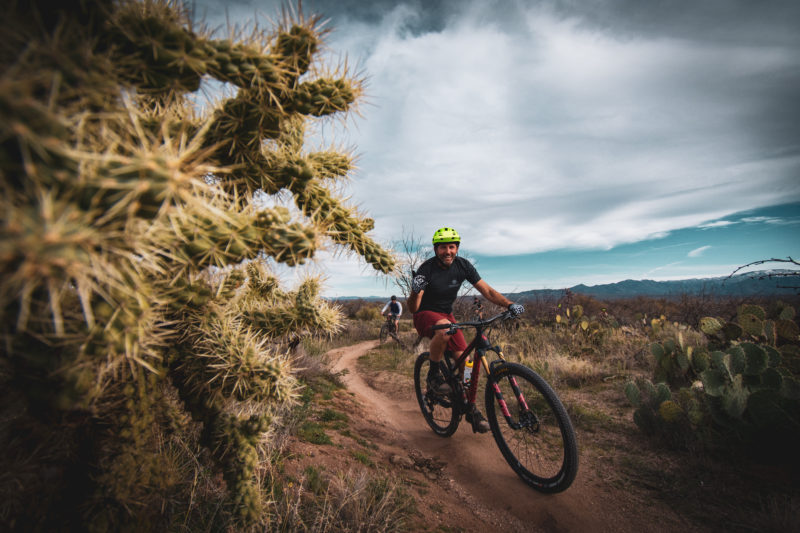
We eventually met my mandatory two satellites and two shooting stars quota for the night and turned in. And over camp coffee the next morning rehashed the “why” question a little more. What had begun as Devin’s need to solve a problem that had been presented to him just snowballed from there. And seeing who responded to and adopted the system began to open his eyes to the real possibilities of getting and keeping people riding bikes when standard components won’t work for them.
Whether it’s a guy who can no longer find a SRAM 9 speed shifter, or a woman with severe arthritis who can no longer manage the actuation of mechanical shifting. A guy with a prosthetic right arm who mounts it on the left side and rides harder than any of us. Or the adaptive sports athlete who uses three of the Archer D1x systems on his hand-cycle: one for shifting and two for controlling the suspension lockouts.
The positives:
- Easy to set up and adjust using an app on your phone.
- Because it’s wireless, it avoids the headache of internal cable routing on newer frames, which even at its best, can be a pain. Admit it.
- Less cable to pull, which means less housing compression and more precise shifting.
- Utilizes your current derailleur. No need to upgrade. So you could even use your Alivio 9 speed derailleur and still have electronic shifting. If… that’s something you wanted to do?
- On the fly tool-free adjustment. Using buttons literally at the tip of your fingertips.
- Ease of use in adaptive situations: Mobility issues. Left handed shifting. Hand cycles. This is pretty huge.
- Affordability in relation to other wireless options.
Potential negatives:
- Response, while good, isn’t instantaneous.
- Requires batteries that you need to remember to charge. Doh.
- The chainstay shape and crank clearance of some model bikes might require a little retrofitting to avoid heel contact.
- Doesn’t come with a pony.
- It’s electronic. How does that work? How do TV’s work? Where is the internet? What is consciousness? Are we even alive?
I rode the 2nd generation D1x, which debuted at Sea Otter in 2019. They revised the battery compartment’s cover bolt and sped up the shifting response compared to the original Tyler rode at Samarathon.
